Project G – Formulation and Crystallization of Perovskite Bearing Glass-Ceramics for Light Management
Glass-ceramics are an important material class due to their versatile mechanical and thermal properties that are interesting for a number of applications. Importantly, they have the ease of preparation of glasses and the properties of the embedded crystals. In addition, novel perovskite-based crystals have also been shown to have high electrooptical conversion efficiency as well as electromechanical coupling. Development of glass-ceramics embedded with such functional crystalline particles is very attractive for various electrooptical and electromechanical energy harvesting applications. Previous investigations, for example, have demonstrated ferroelectric glass- ceramics with a piezoelectric coupling on the order of ~10 pC/N using various perovskite materials, such as BaTiO3, LiNbO3, and LiTaO3. These ferroelectric materials, however, display a relatively small electromechanical coupling. Novel lead-free ferroelectrics have demonstrated significantly larger piezoelectric and ferroelectric response, making them attractive in glass-ceramics for electromechanical energy conversion systems. In addition, through the insertion of rare earth elements (REE), which can be readily hosted on the crystallographic sites of the perovskite crystal structure, the photoluminescent properties can be controlled. This is particularly important for light conversion, which can be integrated in photovoltaic devices to increase efficiency. Perovskite bearing glass ceramics have been to-date only attempted for a narrow range of compositions and applications.
The focus of this project will be on the synthesis and processing of glass-ceramics containing REE doped lead-free perovskites for electrooptical and electromechanical systems as well as the characterization of their optical and piezoelectric properties. This goal will be achieved by a deep understanding of atomic local environments and the use of different synthesis route to control atomic clustering and, therefore, the nucleation stage and the final crystals shapes and orientations.
Principal Investigators
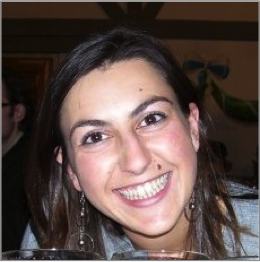 |
Dr. Maria Rita Cicconi Institute of Glass and Ceramics Department of Materials Science and Engineering Friedrich-Alexander-Universität Erlangen-Nürnberg maria.rita.cicconi@fau.de |
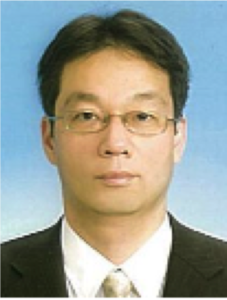 |
Prof. Dr. Koichi Hayashi Physical Science and Engineering Department Frontier Research Institute for Materials Science Nagoya Institute of Technology, Japan |
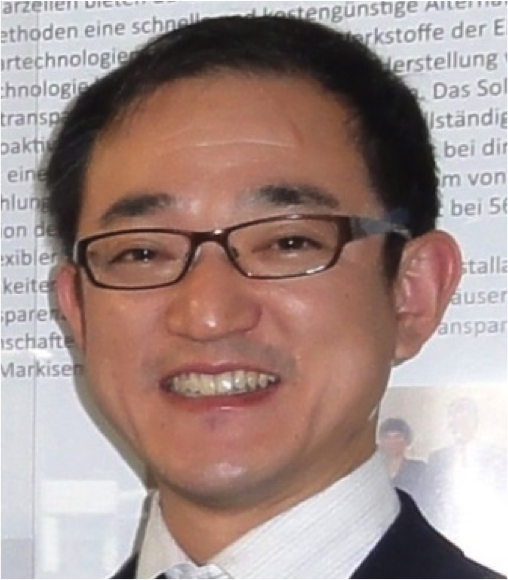 |
Prof. Dr. Tomokatsu Hayakawa Physical Science and Engineering Department Frontier Research Institute for Materials Science Nagoya Institute of Technology, Japan |
Doctoral Researchers
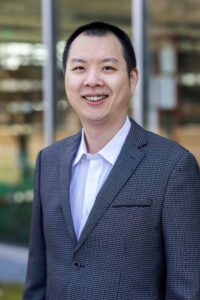 |
M.Sc. Hongyi Deng Institute of Glass and Ceramics Department of Materials Science and Engineering Friedrich-Alexander-Universität Erlangen-Nürnberg hongyi.deng@fau.de |
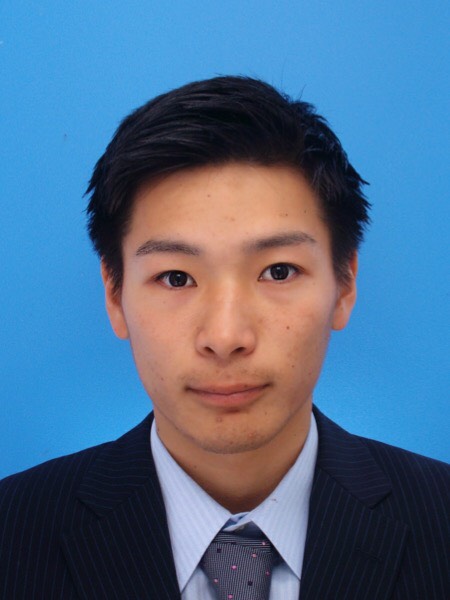 |
M.Sc. Takahito Otsuka Physical Science and Engineering Department Frontier Research Institute for Material Science Nagoya Institute of Technology, Japan 31411026@stn.nitech.ac.jp |
Associated Researchers
M.Sc. Vera Kerling (FAU): vera.kerling@fau.de
Dr. Kimura Koji (NITech)
Publications Project G
2024
- , , , , , , , , , , , , , , :
The role of Ca/Zr ratio on the local structure and phase transitions in lead-free (Ba,Ca)(Zr,Ti)O3
In: Journal of the European Ceramic Society (2024)
ISSN: 0955-2219
DOI: 10.1016/j.jeurceramsoc.2024.03.003 - , , , , :
Tuning the luminescence color of Eu3+- and alkali-ion-codoped Sr2CaWO6 orange-red phosphors: Eu3+ site distribution and site-selective photoluminescence studies
In: APL Materials 12 (2024)
ISSN: 2166-532X
DOI: 10.1063/5.0197892
2023
- , , , , , :
Alkali-Niobate aluminosilicate glasses: Structure and properties
In: Optical Materials: X 18 (2023), Art.Nr.: 100228
ISSN: 2590-1478
DOI: 10.1016/j.omx.2023.100228
2022
- , , , , , , , , , , , , :
Nucleation mechanisms in a SiO2-Li2O-P2O5-ZrO2 biomedical glass-ceramic: Insights on crystallisation, residual glasses and Zr4+ structural environment
In: Journal of the European Ceramic Society 42 (2022), S. 1762-1775
ISSN: 0955-2219
DOI: 10.1016/j.jeurceramsoc.2021.12.009 - , , :
Fabrication of Bariumtrisulphide Thin Films as Precursors for Chalcogenide Perovskites
In: physica status solidi (b) (2022)
ISSN: 0370-1972
DOI: 10.1002/pssb.202200094 - , , , , , , , , :
Influence of stress on the electromechanical properties and the phase transitions of lead-free (1-x)Ba(Zr0.2Ti0.8)O-3-x(Ba0.7Ca0.3)TiO3
In: Journal of Materials Science (2022)
ISSN: 0022-2461
DOI: 10.1007/s10853-022-07685-9 - , , , , :
93Nb NMR Study of (K, Na)NbO3-Doped SiO2–Na2O–Al2O3 Glasses
In: physica status solidi (b) (2022)
ISSN: 0370-1972
DOI: 10.1002/pssb.202200016 - , , , , :
Temperature-dependent ferroelastic behaviour of antiferroelectric AgNbO3
In: Acta Materialia 232 (2022)
ISSN: 1359-6454
DOI: 10.1016/j.actamat.2022.117931
2021
- , , , , , , , , , , :
In situ combined stress- and temperature-dependent Raman spectroscopy of Li-doped (Na,K)NbO3
In: Journal of the American Ceramic Society (2021)
ISSN: 0002-7820
DOI: 10.1111/jace.18269 - , , , , :
Thermal Evolutions to Glass-Ceramics Bearing Calcium Tungstate Crystals in Borate Glasses Doped with Photoluminescent Eu3+ Ions
In: Materials 14 (2021)
ISSN: 1996-1944
DOI: 10.3390/ma14040952
2020
- , , , , , :
Determining the local pressure during aerosol deposition using glass memory
In: Journal of the American Ceramic Society 103 (2020), S. 2443-2452
ISSN: 0002-7820
DOI: 10.1111/jace.16947
